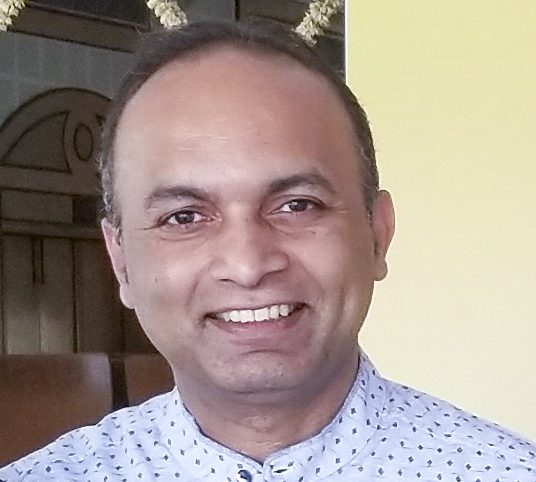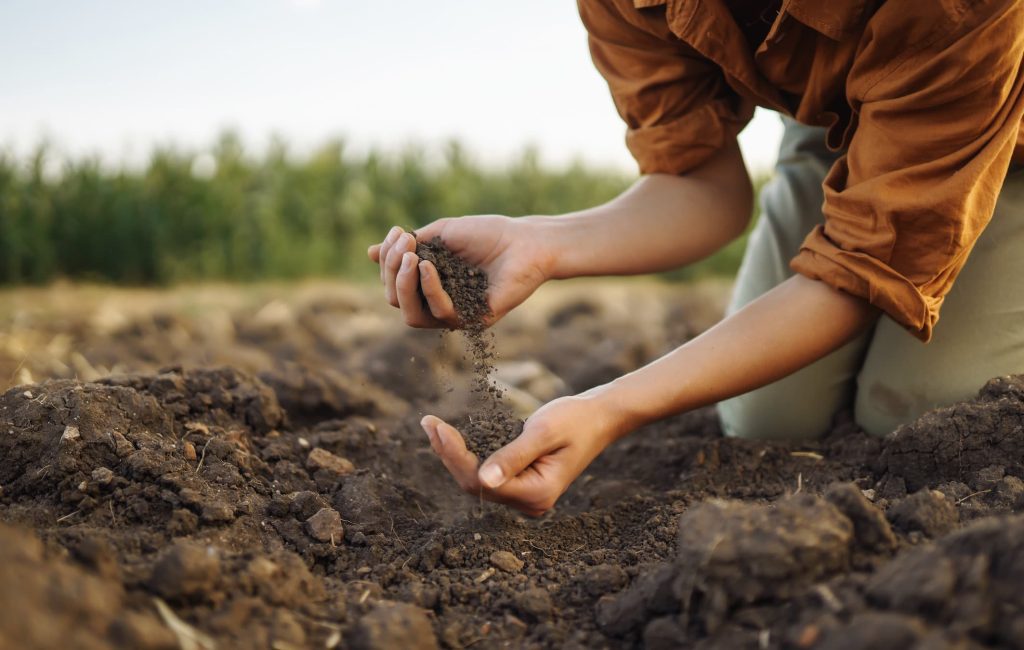The regenerative agriculture of ancient India focused for good reason on the health of the soil
By Dr. Appachanda Thimmaiah
In the magnificent tapestry of our world’s history, there lies an ancient wisdom, deeply woven into the cultural fabric of ancient India—a wisdom that not only nourished the body but also nurtured the soul. It’s a wisdom rooted in the sacred understanding of soil, a wisdom that transcends mere scientific knowledge and touches the very essence of our existence.
During the Vedic period, which dates back several millennia, the soil was regarded not as an inert material but as a living entity, a mother to humanity. In this ancient time, the health of the soil was intrinsically linked to human well-being. Just as humans require rest and rejuvenation, there were sacred periods in the agricultural calendar when the soil itself was allowed to rest, to recover, and to regenerate.
The Vedas, some of the world’s oldest written texts, delve into the profound mysteries of existence. The Rig, Yajur, Sama, and Atharva Vedas provide detailed insights into the creation, the purpose of human life, and our duty towards both humanity and the environment. In the ancient Atharva Veda (12.1.12), Earth is depicted as a mother, and humanity as her offspring. This starkly contrasts with the modern perception of soil as mere “dirt” to be exploited, a mindset that has contributed to our current climate crisis.
Soil is more than the ground beneath our feet; it’s a dynamic entity providing essential ecological services. It filters, buffers and transforms elements between the atmosphere and groundwater, nurturing the food chain and serving as a source of water for humans, crops and animals. The Atharva Veda even categorized soils—much like modern science does today—differentiating them into brownish (bhabhru), black (krishna) and red soils (rohini). Ancient Hindus understood which soils were suitable for cultivating various crops, displaying an impressive knowledge of soil management.
Land preparation was deemed paramount, as detailed in Atharva Veda 12.1.4-6. It emphasized the significance of preparing the land correctly, highlighting that proper preparation could transform even seemingly poor soils into “gold-bearing soils.” Terracing, to prevent soil erosion and harness water for crops, was also a practice well understood and implemented. Soils were revered and treated with profound respect, with prayers uttered before stepping onto the sacred ground.
Farming wasn’t just a utilitarian task; it was a sacred ritual to invoke the blessings of nature, fostering harmony and coexistence. Hindus recognized lunar influences on crops, animals and humans, integrating lunar rhythms into both spiritual practices and agriculture. Farmers during the Vedic period used the moon rhythms for both spiritual practices and in agriculture.
This sacred approach to agriculture can still be witnessed in Bali, where temples dot every rice field, and over 40 rituals accompany the journey from sowing to harvest. One remarkable ritual, known as Nyepe, is a “day of silence” when the rice flower transforms into a seed. The entire island observes this silence, a mark of respect for the rice plant’s transformation, for it is considered akin to a human being.
What can we glean from these ancient Hindu practices? It’s the understanding that sacredness in our actions begets sacred outcomes. The climate crisis we face today is not merely a result of external factors but a reflection of our inner climate. In the profound wisdom of our ancestors lies the keys to a regenerative future, where science and spirituality coalesce to nourish both the soil and the soul, ushering in a new era of harmony and sustainability.

Dr. Appachanda Thimmaiah is a life-long advocate for regenerative agriculture and advisor to international organizations, agri-businesses, governments and NGOs across Asia, Europe, Africa and the Americas.
